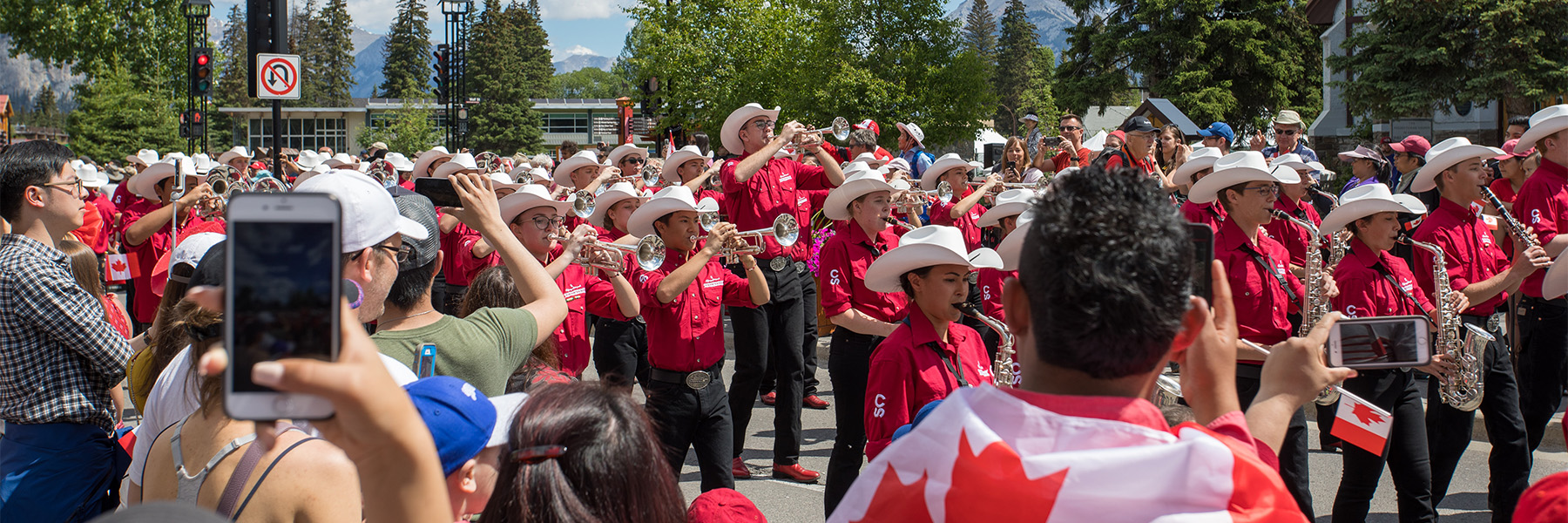A new mathematical model could help inform public health interventions for disease prevention and control at some of Canada’s largest events like Caribana in Toronto and the Calgary Stampede.

York University Distinguished Research Professor Jianhong Wu in the Department of Mathematics & Statistics and his trainee team, in collaboration with scientists at Sanofi Pasteur, have developed a new mathematical model for mass gatherings. Mass gatherings can not only trigger major outbreaks on-site but also facilitate the global spread of infectious pathogens. The team’s case study was the transmission of Neisseria meningitidis, a bacteria that causes invasive meningococcal disease (IMD), at Hajj, one of the world’s largest mass gathering events that brings together more than two million pilgrims annually. But their model could be applied to the spread of other infectious diseases, including COVID-19, at other mass gatherings.
“This will be particularly timely when we are talking about transition to endemicity, and reopening social economic activities including major sporting and recreational events, religious gatherings, and conventions,” said Wu, also the NSERC/Sanofi Industrial Research Chair in Vaccine Mathematics, Modelling and Manufacturing. “There will be multiple mass gathering events in Toronto, including Caribana.”
The team chose to focus on the spread of Neisseria meningitidis at Hajj for their study because IMD is not only a serious infectious disease spread through close contact, but it has also been tracked at Hajj for 17 years, generating a large data set for the researchers to use for their model. Their model showed that Hajj could generate a 78-fold increase in transmission that impacts pilgrims and the local population. It also showed that vaccination was very effective in reducing the risk of outbreak.
In order to apply their model for COVID-19 at an event like Caribana, Wu explained that the team would need to consider a host of additional factors, such as where participants will be coming from and their immunity status, the types of interactions they will have at and outside the event, and variants of concern. They would be looking to assess the risk of variants spreading during the event and triggering new waves, and if and how testing should be conducted.
“Since air-borne transmission is an import route of COVID-19 spread, we would also need to consider particle fluid mechanics to see how air droplets are circulating during mass gathering events,” Wu added. The study, Disease transmission and mass gatherings: a case study on meningococcal infection during Hajj, was published in BMC Infectious Diseases.


